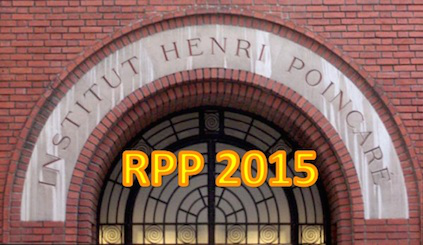Orateur
M.
Mathieu Boudaud
(LAPTh)
Description
The positron fraction in cosmic rays has been recently measured with
improved accuracy up to 500 GeV by the space-borne experiment AMS-02, and
it was found to be a steadily increasing function of energy, above 10 GeV.
This behaviour is in tension with standard astrophysical mechanisms, in
which positrons are secondary particles, produced in the interactions of
primary cosmic rays during their propagation in the interstellar medium.
The observed anomaly in the positron fraction triggered a lot of
excitement, as it could be interpreted as an indirect signature of the
presence of dark matter species in the Galaxy -- the so-called weakly
interacting massive particles or WIMPs. Alternatively, it could be
produced by nearby astrophysical sources, such as pulsars.
Auteur
M.
Mathieu Boudaud
(LAPTh)

